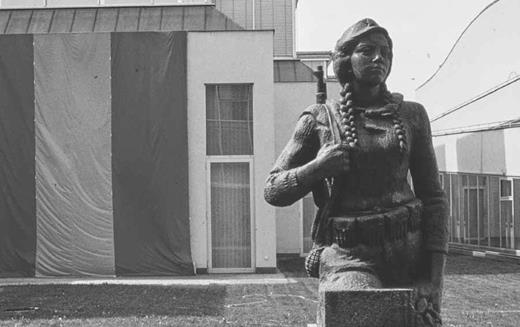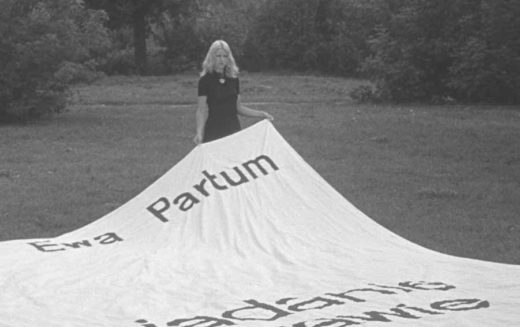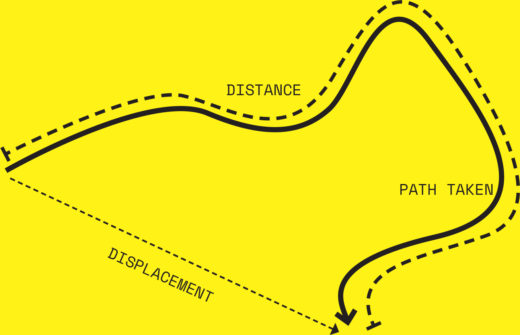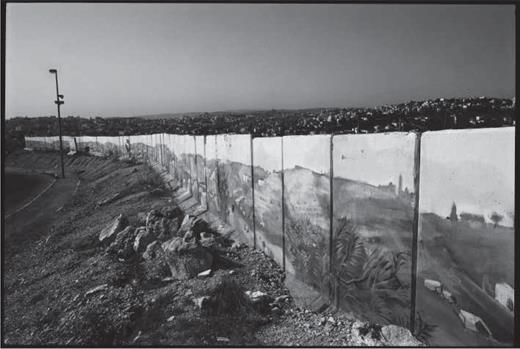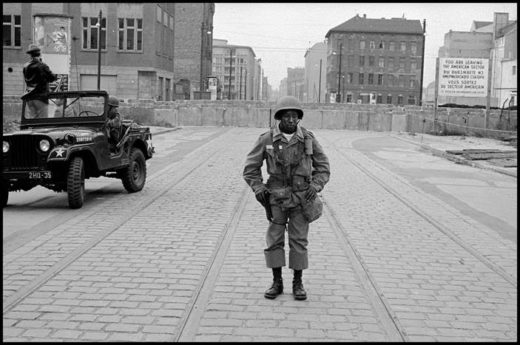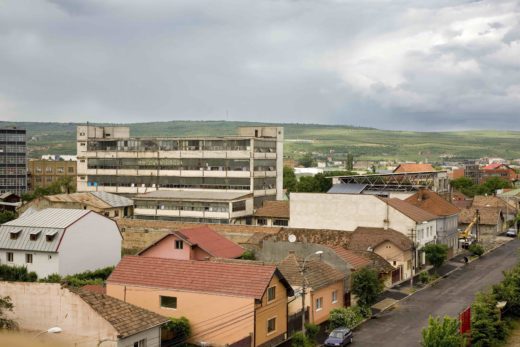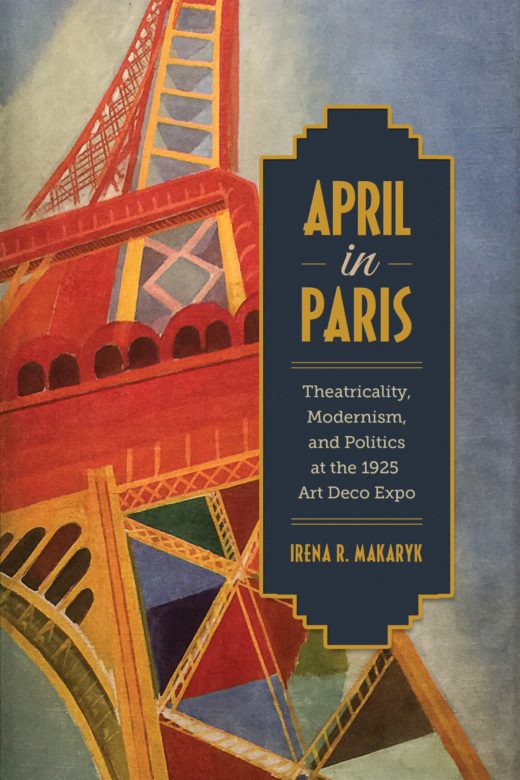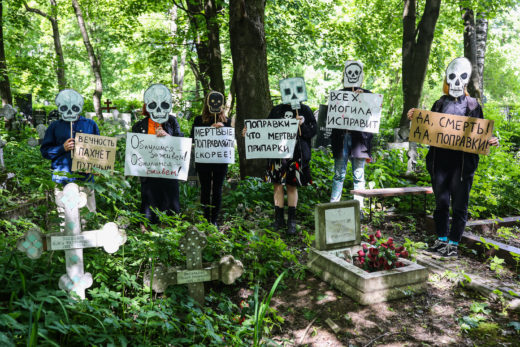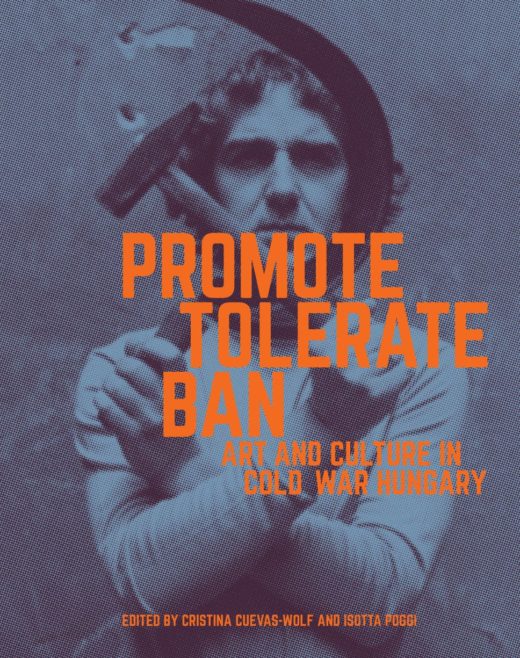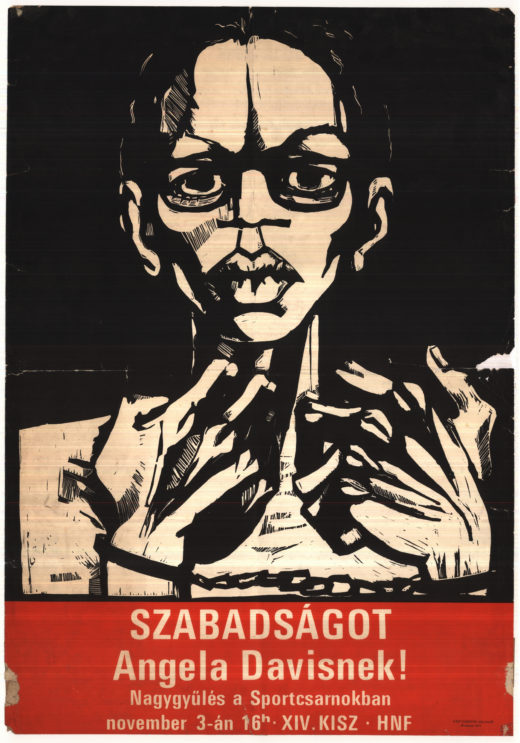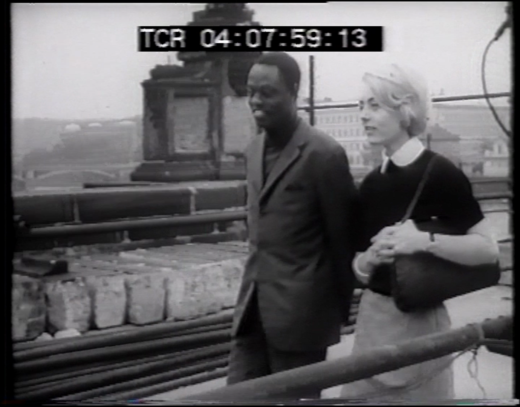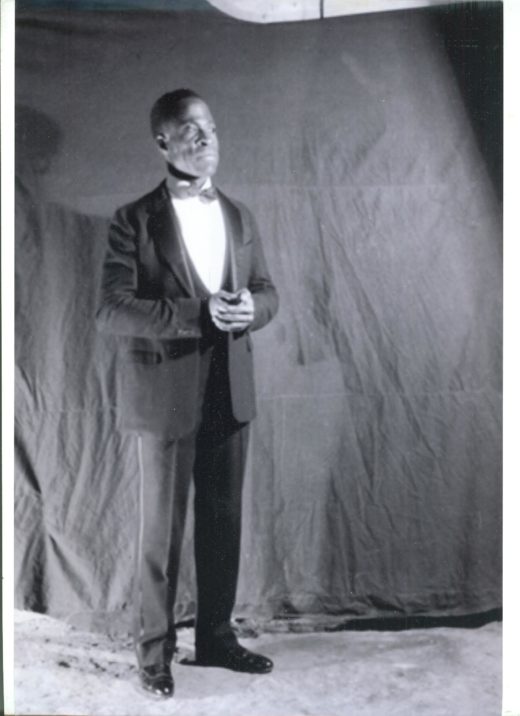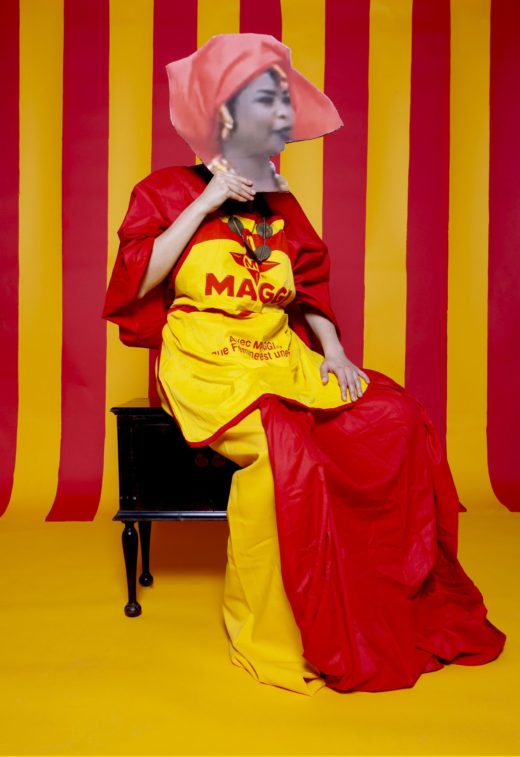“I Lived without Seeing These Art Works”: (Albanian) Socialist Realism and/against Contemporary Art
This article looks closely at the inclusion of Albanian Socialist Realism in one of renowned Swiss curator Harald Szeemann’s last exhibitions, Blood & Honey: The Future’s in the Balkans (Essl Museum, Vienna, 2003). In this exhibition, Szeemann installed a group of around 40 busts created during the socialist era in Albania, which he had seen installed at the National Gallery of Arts in Tirana. This installation of sculptures was part of an exhibition entitled Homo Socialisticus, curated by Gëzim Qëndro, and Szeemann deployed it as a generalized foil for “subversive” postsocialist contemporary art included in Blood & Honey. The Homo … Read more

